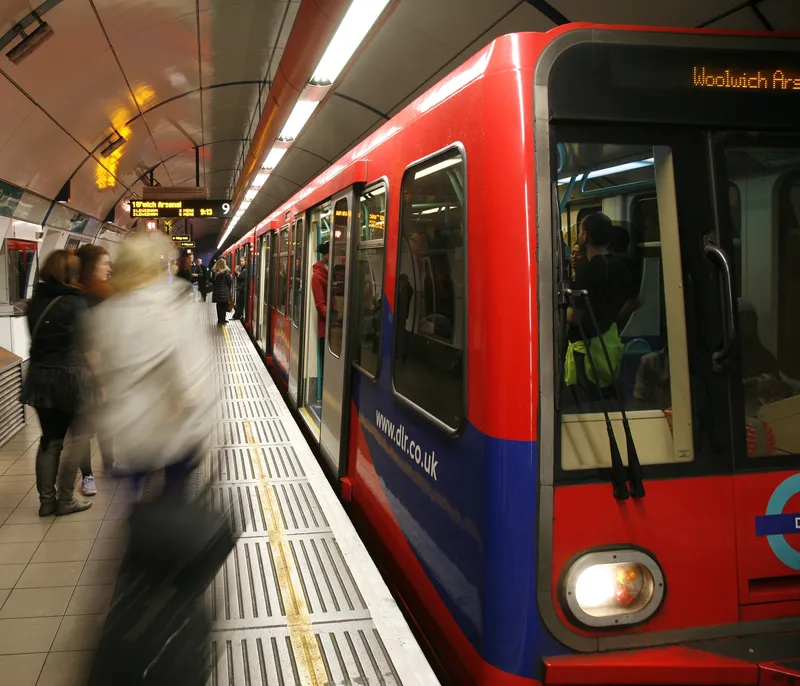Construction work on Line 2 of the Lima metro will get underway this month on Lima's eastern outskirts, according to government officials. Construction works include a tunnel and five stations along the central highway from the district of Ate to Santa Anita, said José Zárate, head of the electric train authority (AATE).
The US$5.8 billion metro line is scheduled for completion by 2020, transport and communications minister José Gallardo said. The industrial district of Ate will be linked to Lima's city
May 6, 2015
Read time: 2 mins
Construction work on Line 2 of the Lima metro will get underway this month on Lima's eastern outskirts, according to government officials. Construction works include a tunnel and five stations along the central highway from the district of Ate to Santa Anita, said José Zárate, head of the electric train authority (AATE).
The US$5.8 billion metro line is scheduled for completion by 2020, transport and communications minister José Gallardo said. The industrial district of Ate will be linked to Lima's city centre by 2018.
Construction work began in December on Line 2 after a consortium formed by Spain's13 ACS and 5656 FCC, Italian companies Impreglio and AnsaldoBreda and Peru's Cosapi won the concession in March 2014. Brazil's 4740 Odebrecht and Peruvian engineering company Graña y Montero completed the second stretch of Line 1 of the Lima Metro in May 2014.
French engineering firm Ingerop and5019 PricewaterhouseCoopers are working on a feasibility study for Line 3 of the metro. Once the study is completed, the government will be able to set a timetable for the tender.
The US$5.8 billion metro line is scheduled for completion by 2020, transport and communications minister José Gallardo said. The industrial district of Ate will be linked to Lima's city centre by 2018.
Construction work began in December on Line 2 after a consortium formed by Spain's
French engineering firm Ingerop and









